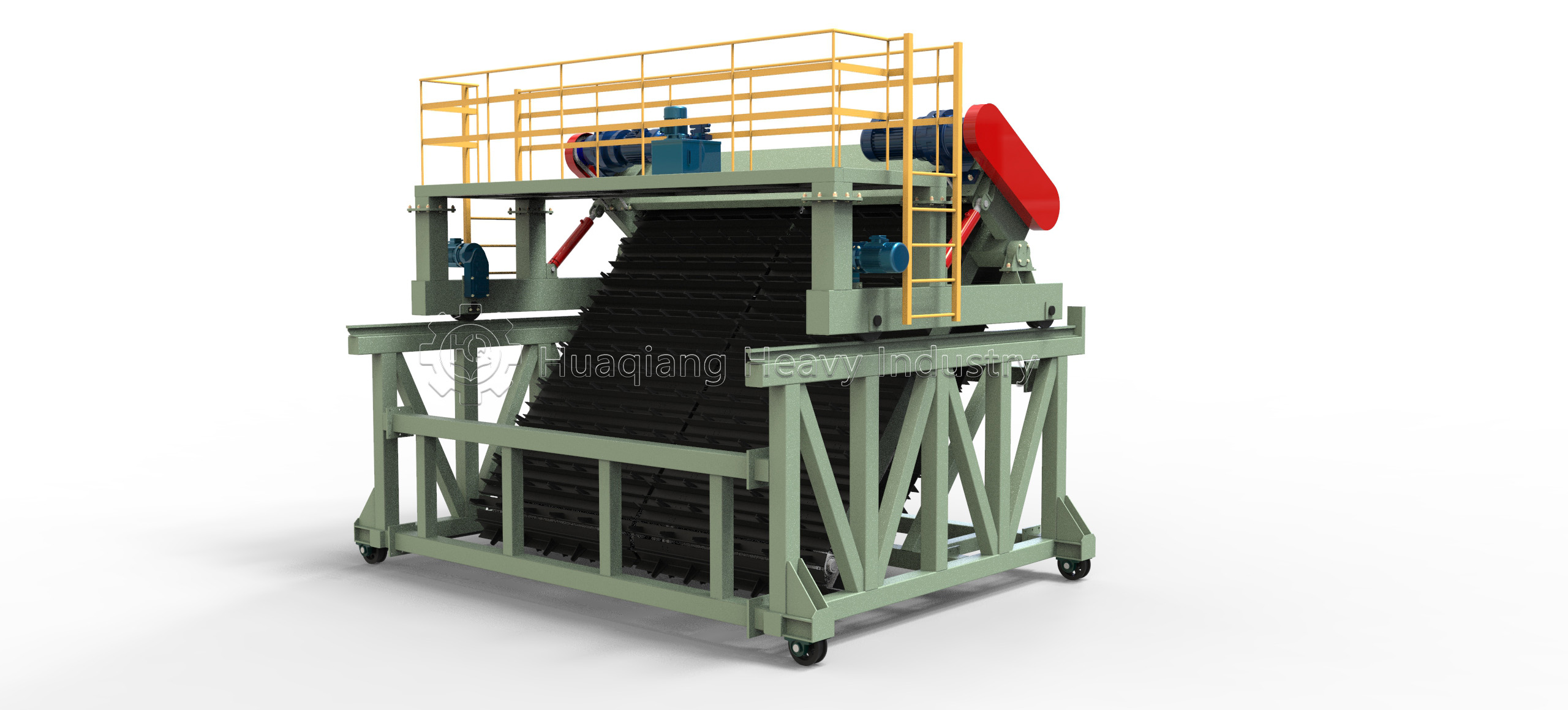The chain compost turning machine is a key component in the organic fertilizer production process, enhancing fermentation efficiency for high-quality compost. It integrates seamlessly into a fertilizer production line, automating organic waste treatment from raw material processing to final fertilizer output, ensuring sustainability and productivity.

The high-efficiency turning system is the core advantage of this equipment. As the machine moves along the fermentation trough rails, its unique chain structure works like a pair of dexterous hands, thoroughly turning and breaking up the materials. This deep-turning operation not only significantly accelerates the fermentation process but also effectively reduces material moisture content, bringing a qualitative leap in compost quality.
Faster Fermentation: 40% shorter cycle than traditional methods
Quality Improvement: Produces more uniform and stable compost
Moisture Control: Effectively reduces material water content
Labor Saving: Mechanized operation greatly reduces labor intensity
“After using the chain compost turning machine, our fermentation cycle was shortened by nearly 40%, while the compost quality improved dramatically,” commented a farm owner who has long used the equipment. Indeed, compared to traditional turning methods, this mechanized operation ensures full contact between materials and air, creating an ideal growth environment for beneficial microorganisms.
The equipment’s flexible adaptability is equally impressive. Its serialized specification design allows perfect matching with fermentation troughs of various widths. Whether for small farms or large organic fertilizer plants, the most suitable model can be found. The sturdy and durable structural design ensures stable operation in harsh working environments, greatly reducing maintenance costs.
In today’s world of increasingly stringent environmental requirements, the chain compost turning machine not only solves the problem of organic waste treatment but also transforms it into valuable agricultural resources. It’s not just simple mechanical equipment but a key component in promoting circular agriculture development, contributing technological power to sustainable development.


